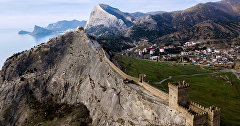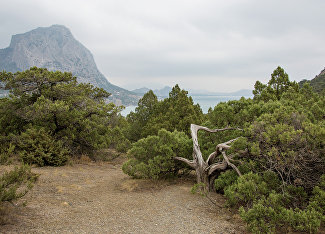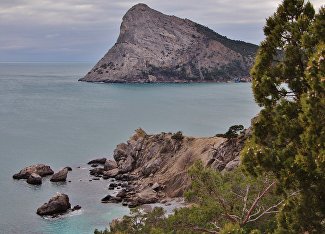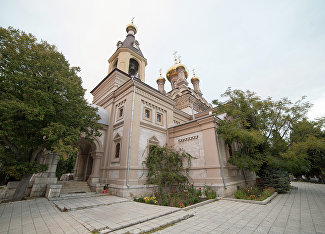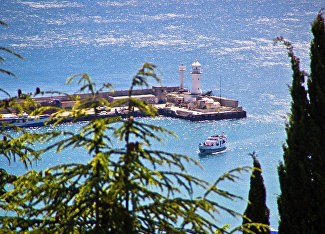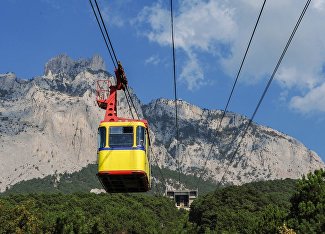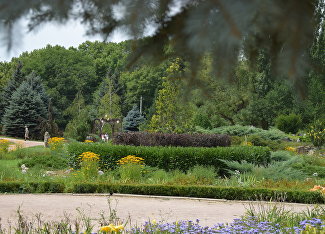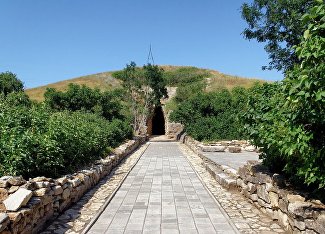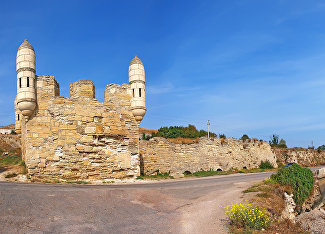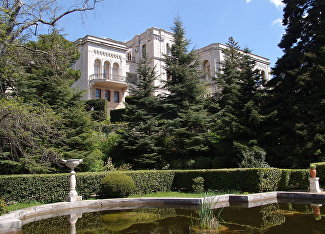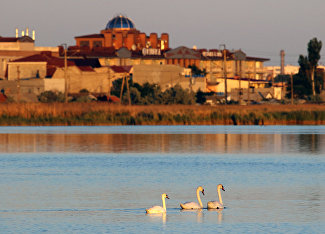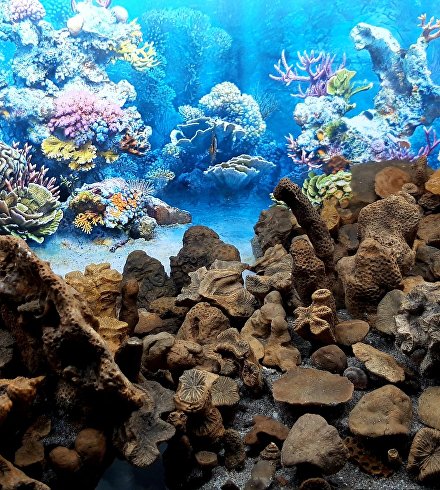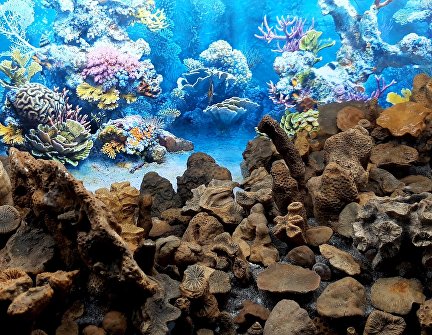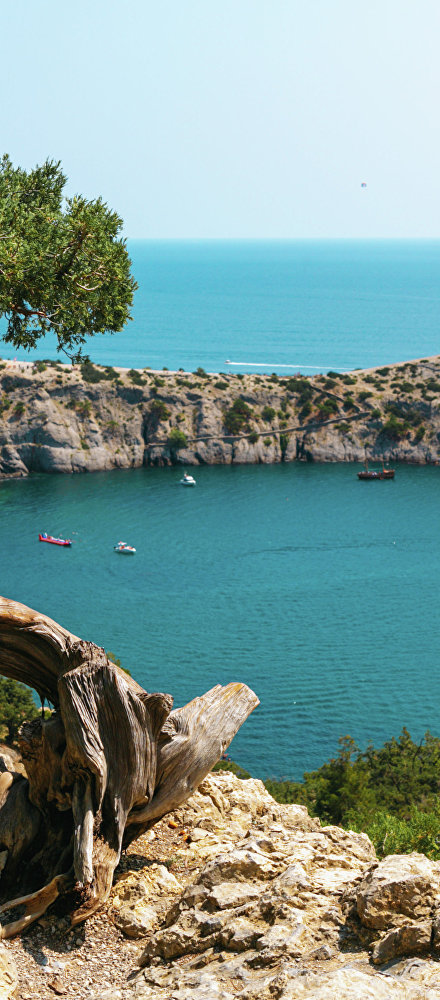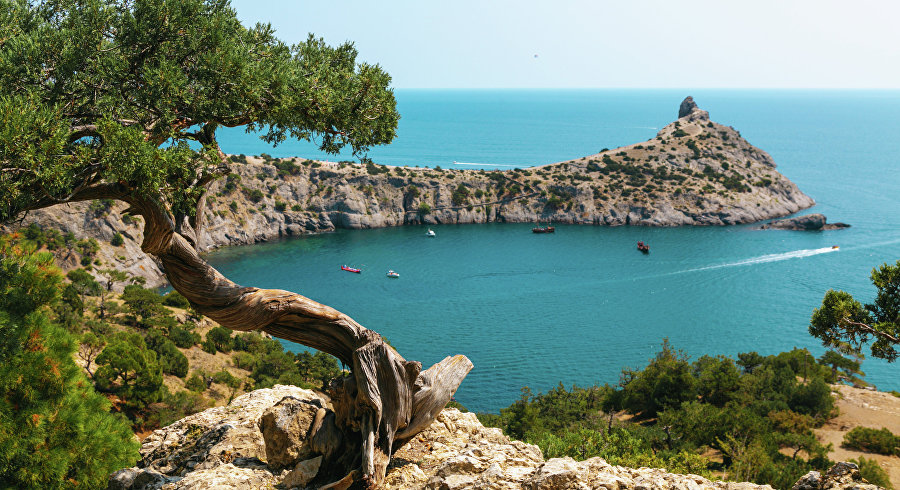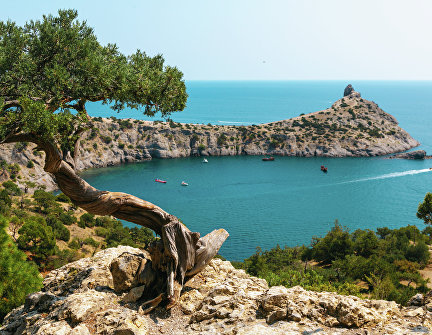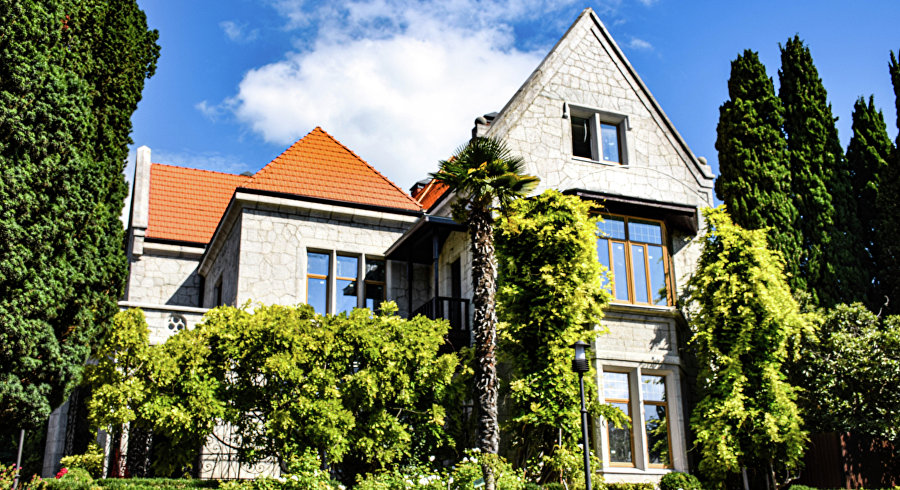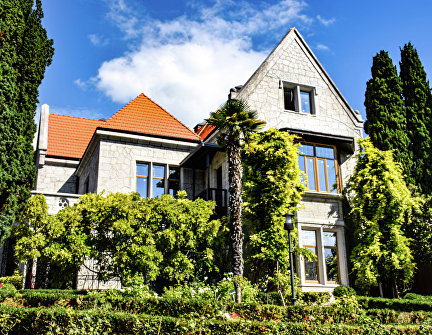The Simferopol Reservoir was created on the river.
The city stands on the site of the Scythian Neapolis, the ancient capital of the Crimean Scythian kingdom. In the 15th century, Crimean Tatars founded the city of Aqmescit (White Mosque), which served as the residence of the Qalga Sultan, the second most important position in the Crimean Khanate after the Khan.
In 1784, soon after the Crimean Khanate became part of the Russian Empire, it was decided that Aqmescit, rather than any other well developed city on the peninsula, would become the centre of the Taurida Governorate. Prince Grigory Potemkin-Tavrichesky oversaw the construction of administrative buildings. During the reign of Catherine the Great, new cities and towns were given Greek names in honour of the colonies where they were built. This is why Aqmescit was renamed Simferopol, meaning city of common good or growing together. Since then, it has always been the administrative and political centre of the Taurida Governorate and subsequently of the Crimean Region and the Autonomous Republic of Crimea when it was part of Ukraine.
After Crimea reunited with Russia in 2014, the Autonomous Republic of Crimea was renamed the Republic of Crimea with Simferopol as its capital city. A monument to Polite People was unveiled at the republican parliament to commemorate the events that came to be remembered as the Crimean Spring.
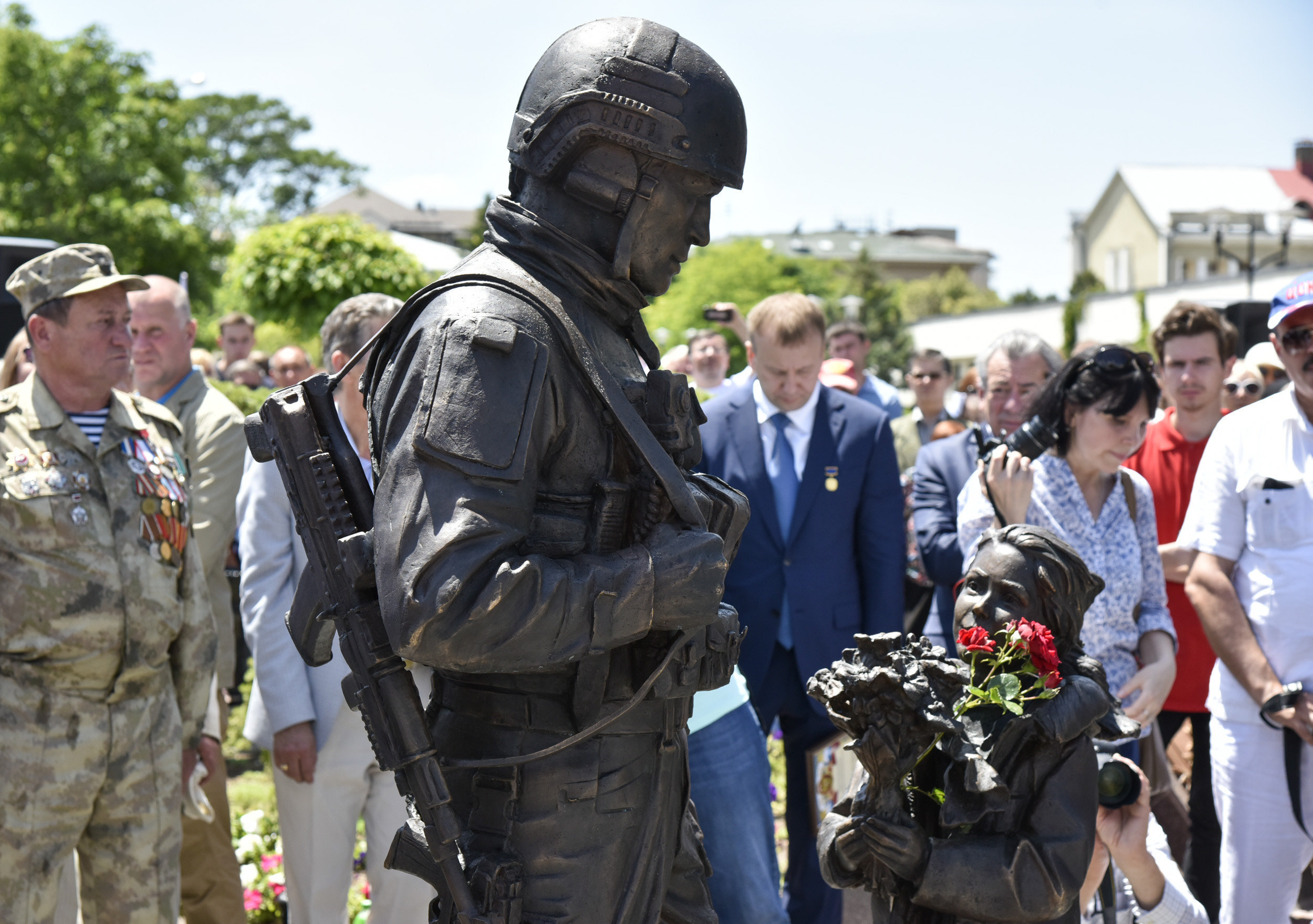
Geography and climate
The climate in Simferopol can be described as subalpine and is typical of the dry steppe, with long hot summers and temperate winters. The average temperatures are 0.2˚C in January and 22.3˚C in July. The average annual rate of precipitation is 450 mm and average sunshine 2,469 hours.
Hotels and more
Simferopol is the logistics centre of Crimea. Its international airport is the only one on the peninsula currently used by commercial aviation.
The city's famous railway station was built in 1951 by Soviet architect Alexei Dushkin. Its courtyard was built in the neo-Renaissance style of the Livadia Palace, the structure on the roof was modelled after an ancient temple, and the clock tower is a look-alike of the Sochi railway station, which was also designed by Dushkin.

The hotels mostly have three and four stars and are quite comfortable for tourists and those who come to Simferopol on business. There are also hostels in the city.
Simferopol is located away from the sea. The closest beach is in Nikolayevka, a 40-minute drive away. The locals love this beach for its sand and multi-coloured pebbles.
Things to see
- The Chokurcha Cave, located in the city outskirts, dates back to the Palaeolithic period and is considered the oldest human dwelling in Europe. The Scythian Neapolis located nearby is the remains of the 4th century BC settlement where the mausoleum of Scythian king Scylurus was found during the ongoing excavation project.
- Pobeda (Victory) Park in the centre of Simferopol features a T-34 tank commemorating those who fell while liberating the city from Nazi troops in April 1944. The Cathedral of St Alexander Nevsky standing nearby was rebuilt recently after its demolition by the Bolsheviks in 1930.
- The Taurida Central Museum is the leading local history museum in Crimea.
- Other museums worth a visit are the Ethnographic Museum, the Simferopol Art Museum and the Museum of History of Simferopol.
- The Monument to Catherine the Great. The Bolsheviks demolished the original monument that was unveiled in the city park in 1890. In 2016, a 7-tonne bronze monument was reinstalled in the centre of the park.
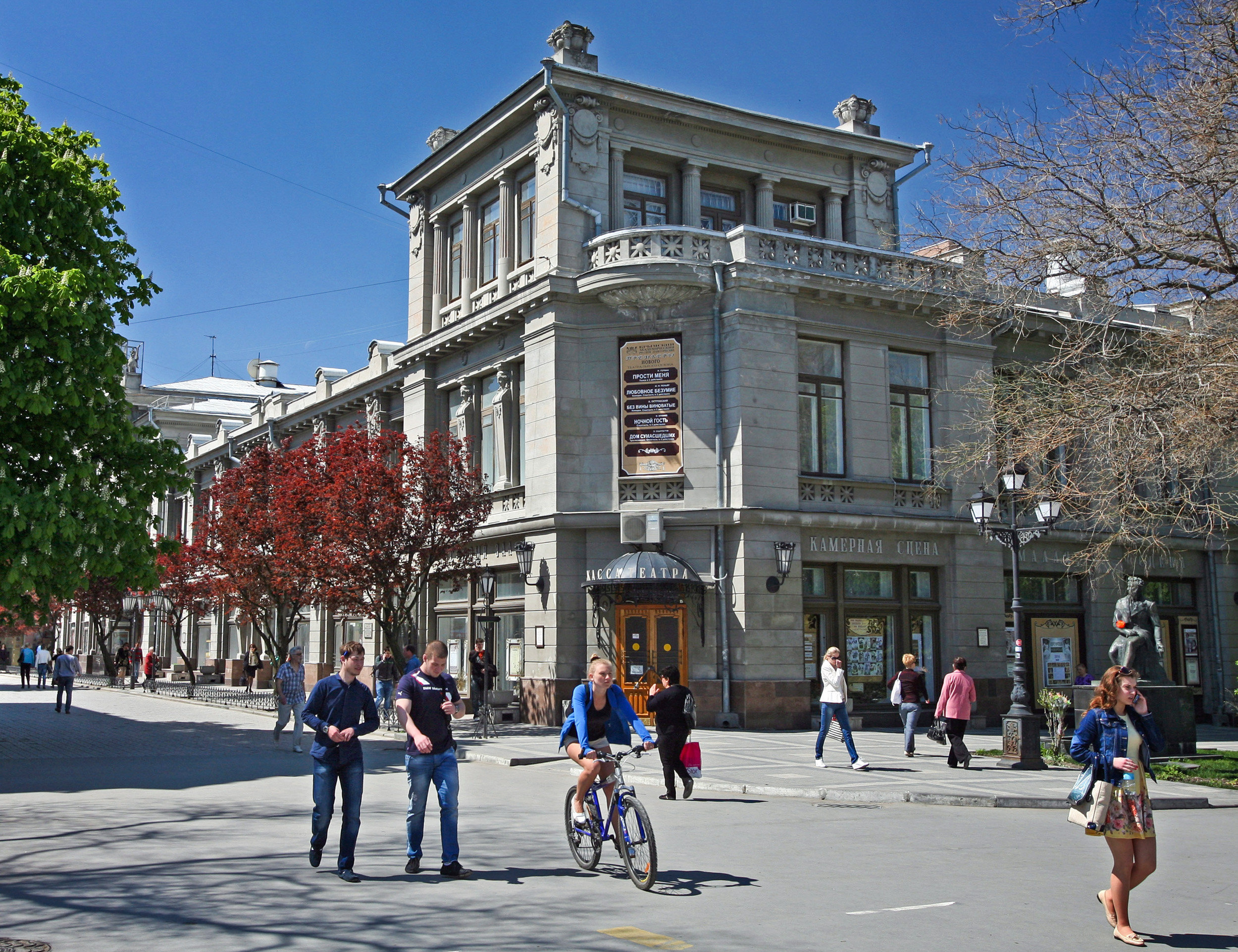
- The city has a number of theatres: the Maxim Gorky Crimean Academic Drama Theatre, the State Academic Music Theatre, and the Crimean Tatar Music and Drama Theatre, where performances are staged in the Russian and Crimean Tatar languages.
- A walk along the Salgir River Embankment will take you to Vorontsov Park, the city's largest, which includes botanical gardens with a rich collection of roses, irises, tulips and lilac bushes, as well as the estate of Prince Mikhail Vorontsov.
- The St Luke Museum in the St Trinity Convent contains the relics of the famous doctor and archbishop of Crimea. His personal belongings, documents and letters are on display in a small building nearby.
How to get there
Simferopol has an airport and a railway station and a good logistics infrastructure, because the city is where the tourists headed for the seaside arrive. Buses run between the city and the Black Sea coast of the Caucasus and nearby cities.
The 230 km drive from the Crimean Bridge to Simferopol takes three to four hours. The drive to Yalta (80 km from Simferopol) takes 1 hour and 30 minutes, to Feodosia (115 km) 1 hour and 40 minutes, to Sevastopol (85 km) 1 hour and 30 minutes, to Yevpatoria (80 km) 1 hour and 20 minutes, and to Sudak (100 km) 1 hour and 20 minutes.
Commuter trains run from Simferopol to Sevastopol, Yevpatoria, Dzhankoy and Solyonoye Ozero.
When the Crimean Bridge railway section opens for transit, trains will travel to Simferopol from many other Russian regions.

